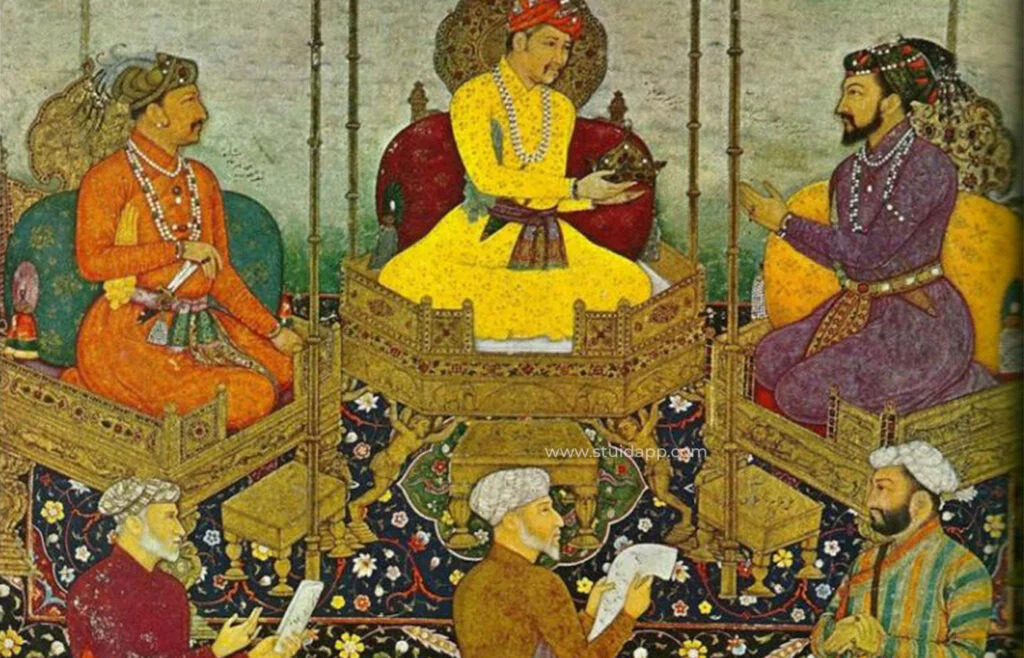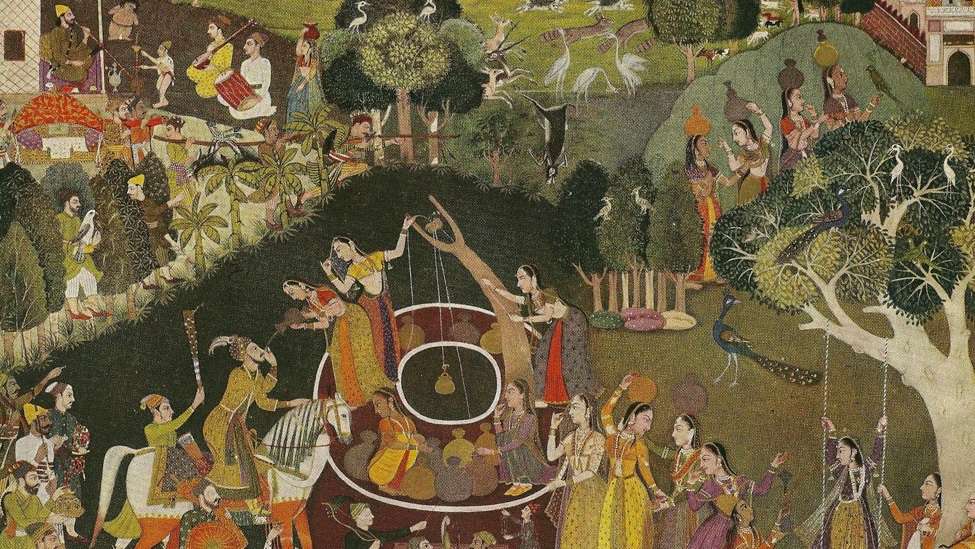
Historians disagree regarding the Din-i-Ilahi status while some argue Akbar founded a new faith yet most experts classify it as a philosophical order which had Akbar as its religious leader. Little success marked its acceptance by popular audiences because those closest to Akbar like Birbal and Abul Fazl became its formal adherents while most other people rejected it indicating the divinity-focused nature of this movement rather than its status as a widespread movement. The religious policies established by Akbar had specific functional results.

The Mughal Empire (1526–1858) was a decisive period in South Asian history, known for its meteoric rise as a military and cultural force and its long fall under native discord and colonial rule. Established in 1526, the empire experienced a golden age under its rulers Akbar, Jahangir, Shah Jahan and Aurangzeb, but finally fell apart after Aurangzeb’s death (1707) and finally formally ended after the 1857 Rebellion. This paper presents an overview of its course in three periods: the rise & establishment (1526–1556), the peak in the golden age (1556–1707), the decline & fall (1707–1858). Drawing on primary sources like the Baburnama and Akbarnama and economic estimates from historians like Shireen Moosvi and J. F. Richards, it examines the dynamics of military innovation, governance, cultural synthesis, and economic trends that governed its history.
